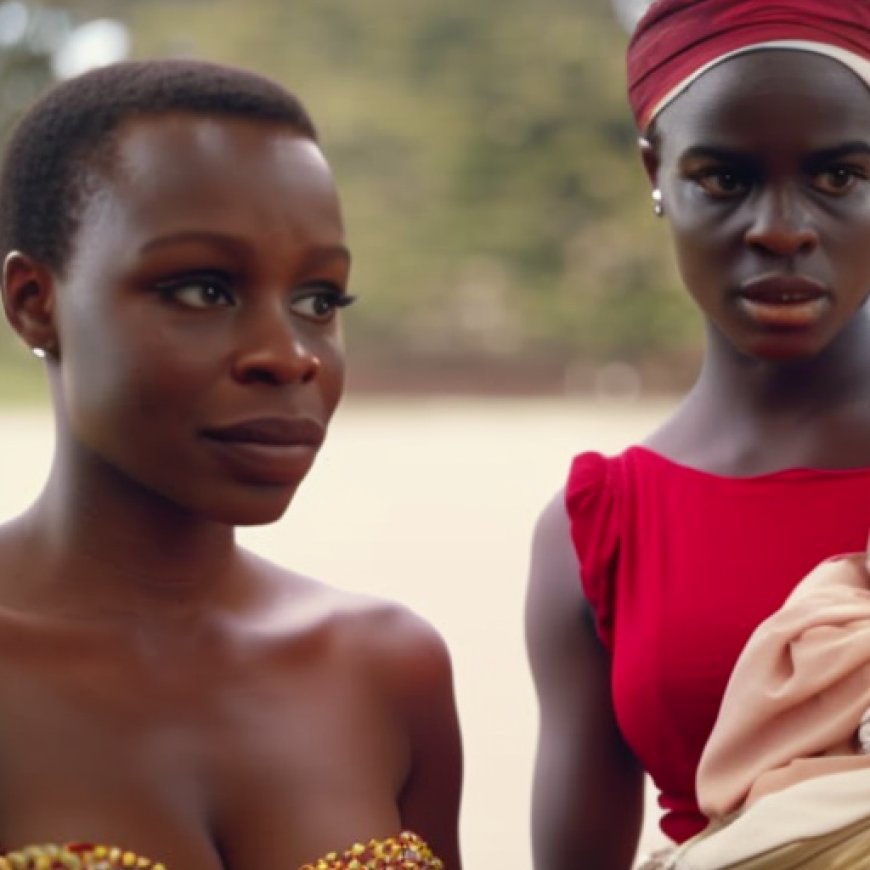Adolescent and Family Planning Commitments and Method Mix in West Africa
Adolescent and Family Planning Commitments and Method Mix in ... Partnership for Maternal, Newborn and Child Health


Adolescent and Youth Family Planning in West Africa
By FP2030
Adolescent and youth family planning is a critical component of public health and development in West Africa. Ensuring that young people have unfettered access to an extensive range of reproductive health services is paramount for their well-being and aligns with the regional commitment to achieving FP2030 goals.
Webinar Objectives
This webinar aims to explore the commitments made to address adolescent and youth family planning needs in West Africa and to examine the range of contraceptive methods available to serve this population.
Topics Covered
- Enhancing Access through Method Diversification: Exploring how a broader array of contraceptive options contributes to improved access to reproductive health services for adolescents and young people in West Africa.
- Overcoming Challenges in Product Expansion for FP2030 Goals: Delving into the obstacles and solutions in diversifying contraceptive methods to align with the FP 2030 commitments of West African countries.
- Effectiveness, Accessibility, and Cultural Alignment: Evaluating contraceptive methods for adolescents and youth in West Africa in terms of their effectiveness, availability, and cultural suitability.
Language
The event will be held in English and French to take account of the region’s linguistic diversity, ensuring that participants with only a single language proficiency are not left out or limited in participating.
SDGs, Targets, and Indicators
1. Which SDGs are addressed or connected to the issues highlighted in the article?
- SDG 3: Good Health and Well-being
- SDG 5: Gender Equality
- SDG 10: Reduced Inequalities
The article discusses the importance of adolescent and youth family planning in West Africa, which is directly related to the goals of promoting good health and well-being (SDG 3) and achieving gender equality (SDG 5). It also highlights the need to ensure access to reproductive health services for all young people, which aligns with the goal of reducing inequalities (SDG 10).
2. What specific targets under those SDGs can be identified based on the article’s content?
- Target 3.7: By 2030, ensure universal access to sexual and reproductive health-care services, including for family planning, information and education, and the integration of reproductive health into national strategies and programs.
- Target 5.6: Ensure universal access to sexual and reproductive health and reproductive rights as agreed in accordance with the Program of Action of the International Conference on Population and Development and the Beijing Platform for Action and the outcome documents of their review conferences.
- Target 10.2: By 2030, empower and promote the social, economic, and political inclusion of all, irrespective of age, sex, disability, race, ethnicity, origin, religion, or economic or other status.
Based on the article’s content, the specific targets that can be identified are to ensure universal access to sexual and reproductive health services, including family planning (Target 3.7), to ensure universal access to sexual and reproductive health and reproductive rights (Target 5.6), and to promote the social, economic, and political inclusion of all young people (Target 10.2).
3. Are there any indicators mentioned or implied in the article that can be used to measure progress towards the identified targets?
No specific indicators are mentioned or implied in the article that can be used to measure progress towards the identified targets. The article provides a general overview of the topics to be covered in the webinar, but does not provide specific data or indicators related to the targets.
4. SDGs, Targets, and Indicators
| SDGs | Targets | Indicators |
|---|---|---|
| SDG 3: Good Health and Well-being | Target 3.7: By 2030, ensure universal access to sexual and reproductive health-care services, including for family planning, information and education, and the integration of reproductive health into national strategies and programs. | No specific indicators mentioned in the article. |
| SDG 5: Gender Equality | Target 5.6: Ensure universal access to sexual and reproductive health and reproductive rights as agreed in accordance with the Program of Action of the International Conference on Population and Development and the Beijing Platform for Action and the outcome documents of their review conferences. | No specific indicators mentioned in the article. |
| SDG 10: Reduced Inequalities | Target 10.2: By 2030, empower and promote the social, economic, and political inclusion of all, irrespective of age, sex, disability, race, ethnicity, origin, religion, or economic or other status. | No specific indicators mentioned in the article. |
Behold! This splendid article springs forth from the wellspring of knowledge, shaped by a wondrous proprietary AI technology that delved into a vast ocean of data, illuminating the path towards the Sustainable Development Goals. Remember that all rights are reserved by SDG Investors LLC, empowering us to champion progress together.
Source: pmnch.who.int

Join us, as fellow seekers of change, on a transformative journey at https://sdgtalks.ai/welcome, where you can become a member and actively contribute to shaping a brighter future.







